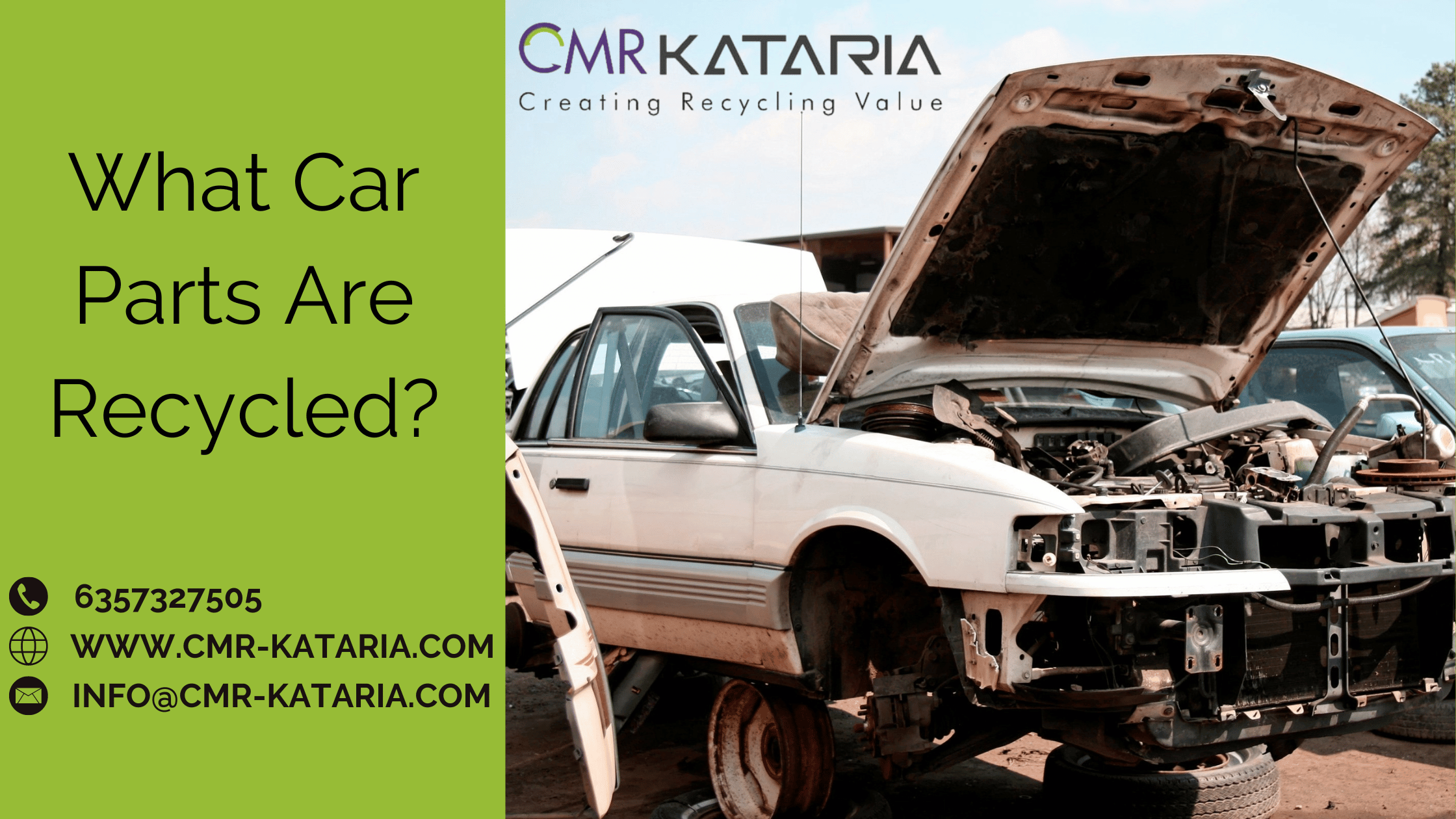There is a rising need for vehicle recyclers who can safely and efficiently disassemble salvage, unwanted, and end-of-life automobiles and recover useable parts.
The first step in recycling a car is to find salvageable parts, which are then taken out, cleaned and then used in scrap vehicles for sale. Any components that cannot be recycled or resold are disposed of in a safe and responsible way. The most frequently recycled parts include tyres, wheels, transmissions, and engines. You may be sure that your salvage or end-of-life car will be dismantled and recycled in line with all relevant requirements by using the services of a certified vehicle recycler.
Recyclable scrap car parts
Every auto recycler adheres to a meticulous procedure to guarantee that all salvageable components are salvaged and repurposed. Non-recyclable and non-usable materials and fluids are safely disposed of throughout this process.
Engine oil
It’s a common misconception that spent engine oil can no longer be used. This is not the case, though. Over time, engine oil only gets soiled and may be cleaned to be reused. It’s critical to bring old oil to a respected collecting facility because incorrect disposal of the material might have a detrimental effect on the environment. By doing this, you can contribute to the preservation of natural ecosystems, groundwater, rivers, and soil.
Engines
When recycling cars, the engine is frequently one of the first components to fail. Usually, engine scrap metal is recycled and used to make new engine parts. However, given the variety of metals that engines include, recycling them can be difficult. Although cast iron or aluminium are the most common materials used in engines, steel and copper are also occasionally used. As a result, in order to recycle engine scrap, scrap yards often need to partner with specialised metal processors.
Catalytic converter
Materials that can be recycled to make new items are used to make catalytic converters. We can contribute to lowering the quantity of waste dumped in landfills by recycling these components. Additionally, we can avoid using priceless resources like oil and gas that would be required to make new catalytic converters.
Windows and windscreen
Windscreens and windows are frequently fastened between layers of plastic, making recycling them challenging. However, with recent advancements in vehicle design, glass can now be collected and recycled to create things like glass bottles, fibreglass insulation, and other essential daily items.
Starter motors & Alternators
Copper is a priceless metal that can be recycled, and parts that contain it include alternators and the starter motor. These parts can be recycled for their scrap metal value if the windings are damaged. But if they’re still in good shape to use, they can be repaired and resold.
Car batteries
Batteries from scrap cars can be recycled to recover valuable materials and contribute to protecting the environment. Batteries for cars should be disposed of properly to prevent harming land and water resources because they contain hazardous compounds like lead and sulphuric acid. The battery is broken down into its component pieces during the recycling process so that valuable materials like lead and silver can be recovered. The corrosive and deadly acid must not leak out if the plastic casing is destroyed during this process.
Car tyres
Steel or alloy, the two materials used to make wheels, both provide value to recycling facilities. The wheels’ two different metals are split into steel and aluminium after the tyres have been removed. If the tread has enough life left in it, the partially worn tyres will either be sold again or sent to be destroyed. It’s critical to recycle half worn tyres responsibly since burning them produces significant levels of air pollution.
The other parts that are used in recycling include-
- The plastic parts
- Car Brake Calipers
- Body & Vehicle chassis
- Headlights lighting and wiring
- Gearboxes
- About 65% of an average car is made of steel. Glass, rubber, and plastic make up the majority of the remaining 35% of an automobile, all of which are recyclable. So, you can recycle about 95% of an automobile







